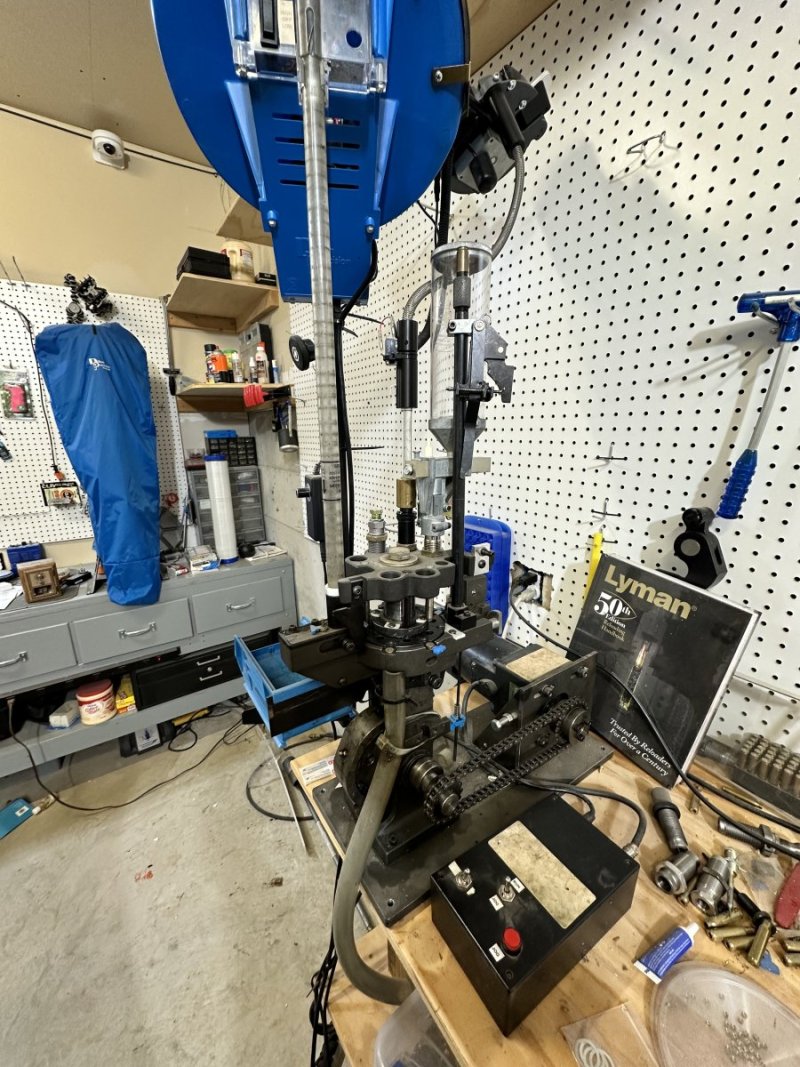- Joined
- Jul 24, 2010
- Messages
- 4,387
- Reaction score
- 2,004
I guess case prep is not part of your reloading activities.
Primer pocket scraping is a thing of the past.
It is for me .. de-prime, clean (overnight in soapy water with citric acid) rinse, dry, inspect, ULTRASONIC if really cruddy, then dry and reload.
Thirty years ago, it was RARE to find anyone "giving their brass a bath", and primer pockets (if they were cleaned at all) were reamed only lightly. Inspection was a given, and as long as the hole is clear, and the primer will seat, ignition is a given ... misfires: rare.









